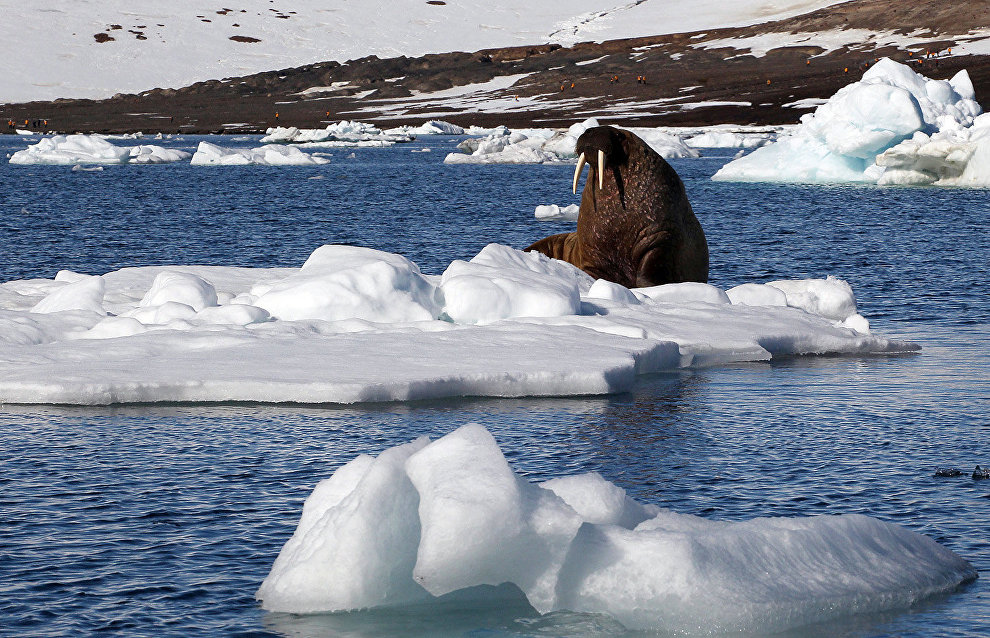Researchers head to Oransky Islands to study walrus population
Employees of Russian Arctic National Park, experts from the Marine Mammals research and expedition center, and specialists from the Severtsov Institute of Ecology and Evolution of the Russian Academy of Sciences, with the support of WWF Russia, have departed for the Greater Oransky Islands to set up camp to watch Atlantic walruses.
The project is aimed at establishing a station to monitor these rare animals listed in the Russian Red Data Book. In the summer and fall season, camera traps will be installed and a house for rangers and those protecting the rookery will be built. Experts also plan to study the life cycle of the walruses.
"We plan to receive unique information about the most vulnerable group of Atlantic walruses: females with calves. One of the project's main objectives is to collect data and create a set of rules for tourists who visit places like this. For many upcoming years, we will make the waters around the rookery safe, so that females and their babies will be able to rest on the shore and feed in the sea," said Ivan Mizin, deputy director for research at Russian Arctic National Park.
Margarita Leskova, coordinator of the WWF Russia Barents branch, said that the rookery on the Oransky Islands has remained unexplored for a long time. Now researchers will be able to find answers to many questions about local walruses, namely, their health, number, how long they stay on the shore, and when they migrate in the winter and spring, and also to assess threats and improve the protection of the rookery.
The joint project of Russian Arctic National Park and WWF Russia is set to last for three years. Following the project, the data obtained during field expeditions will be made public, and a set of rules for visitors to walrus rookeries in the western part of the national park will be published.
